Edgar Degas was a 19th-century French painter. Although considered an Impressionist, he preferred to think of himself as an independent artist. He was born in Paris on July 19, 1834 to a wealthy bourgeois family. While studying the classics he developed an interest in painting and enrolled at the prestigious École des Beaux-Arts. He spent a long time in Italy, studying the great Renaissance masters. His early works demonstrated great technical skill. Degas distinguished himself by painting portraits, showing an interest in the human form. “Portrait de La Famille Bellelli” [1858-1867] is an excellent example of his early work. From the 1860s onward, Degas’ painting became increasingly innovative both in terms of subject and style. An acute observer of modern life, he captured horse races, cafés, concerts, and domestic life with photographic instantaneity.
“Portraits in a New Orleans Cotton Office”, painted during an 1873 trip to New Orleans, is typical of the attention he paid to everyday life. The painting’s diagonal perspective gives it a sense of depth. This technique was typical of Degas’ work, and he used it in many of his paintings dealing with dance and theater. From 1874 to 1886 Degas showed his work at the Impressionist exhibitions. He shared with them an affinity for painting contemporary life. However, Degas’ style was different from that of the Impressionists. While they painted with splotches of color, Degas always maintained neat outlines that became increasingly marked within his artwork. Furthermore, Degas did not like painting outdoors and did not want to portray solely the impression of a moment. Although he carefully observed the subjects he wished to paint, he preferred to work in his studio, basing his work on memory and recollections. From the 1880s on, Degas took a strong interest in portraying women going about daily activities. He painted women ironing, ballerinas at the bar, and ladies trying on dresses and hats.
His last series of paintings was devoted to women bathing and preparing themselves, showing them in their most intimate moments. In the paintings and pastels of this series, colors grow brighter and brighter as shapes seem to come apart. Degas gradually lost his eyesight. Forced to give up painting, he continued to create, making small sculptures. He died in Paris on September 27, 1917. He was 83. He was buried in the Montmartre cemetery.
“Portraits in a New Orleans Cotton Office”, painted during an 1873 trip to New Orleans, is typical of the attention he paid to everyday life. The painting’s diagonal perspective gives it a sense of depth. This technique was typical of Degas’ work, and he used it in many of his paintings dealing with dance and theater. From 1874 to 1886 Degas showed his work at the Impressionist exhibitions. He shared with them an affinity for painting contemporary life. However, Degas’ style was different from that of the Impressionists. While they painted with splotches of color, Degas always maintained neat outlines that became increasingly marked within his artwork. Furthermore, Degas did not like painting outdoors and did not want to portray solely the impression of a moment. Although he carefully observed the subjects he wished to paint, he preferred to work in his studio, basing his work on memory and recollections. From the 1880s on, Degas took a strong interest in portraying women going about daily activities. He painted women ironing, ballerinas at the bar, and ladies trying on dresses and hats.
His last series of paintings was devoted to women bathing and preparing themselves, showing them in their most intimate moments. In the paintings and pastels of this series, colors grow brighter and brighter as shapes seem to come apart. Degas gradually lost his eyesight. Forced to give up painting, he continued to create, making small sculptures. He died in Paris on September 27, 1917. He was 83. He was buried in the Montmartre cemetery.
RELATED


THÉODORE GÉRICAULT
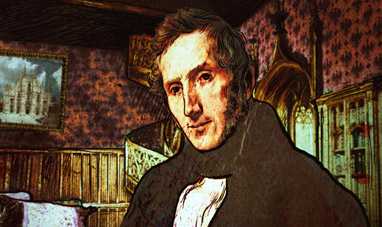

ALESSANDRO MANZONI


STANLEY KUBRICK
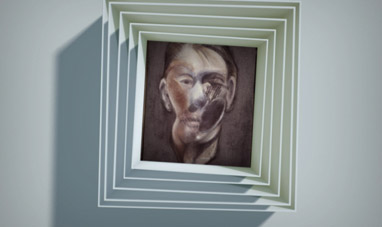

FRANCIS BACON
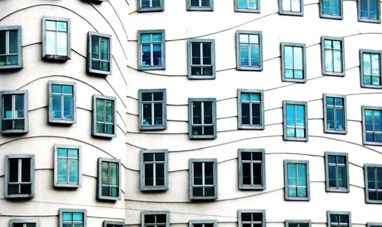

FRANK GEHRY


FILIPPO LIPPI


INGMAR BERGMAN


FRANCESCO BORROMINI
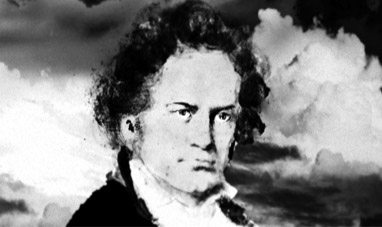

LUDWIG VAN BEETHOVEN


JOSEPH BEUYS
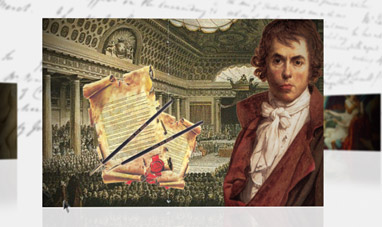

JACQUES LOUIS DAVID


RENZO PIANO


JOHANNES BRAHMS


CARA DELEVINGNE
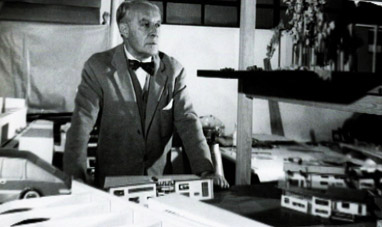

GIO PONTI


DANIEL LIBESKIND
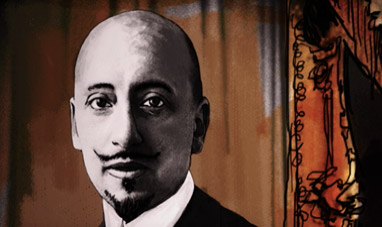

GABRIELE D'ANNUNZIO


JOHANN SEBASTIAN BACH


GIANLORENZO BERNINI


VASCO ROSSI


MARILYN MONROE


ROBERT ADAM


PIERO MANZONI


FRANK LLOYD WRIGHT
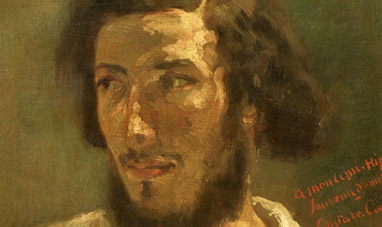

GUSTAVE COURBET


EURIPIDES


GEORGES MÉLIÉS


JOVANOTTI


ANTONI GAUDÍ
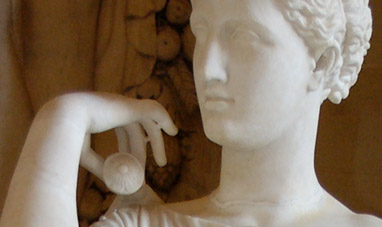

PRAXITELES
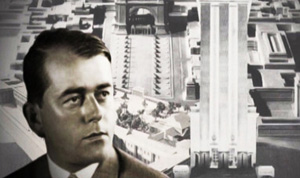

ALBERT SPEER


GABRIELE SALVATORES
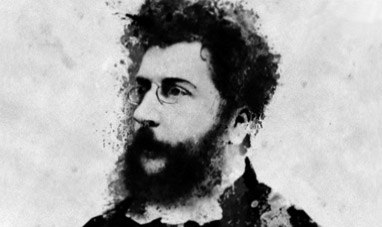

GEORGES BIZET


KRZYSZTOF KIELOWSKI
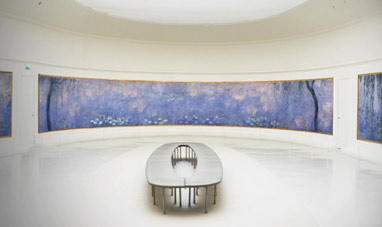

WATER LILIES (SERIES)


LEON BATTISTA ALBERTI
